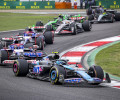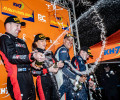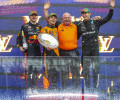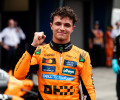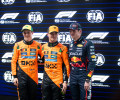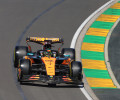A Passion for Excellence - 2016 FIA Sport Conference
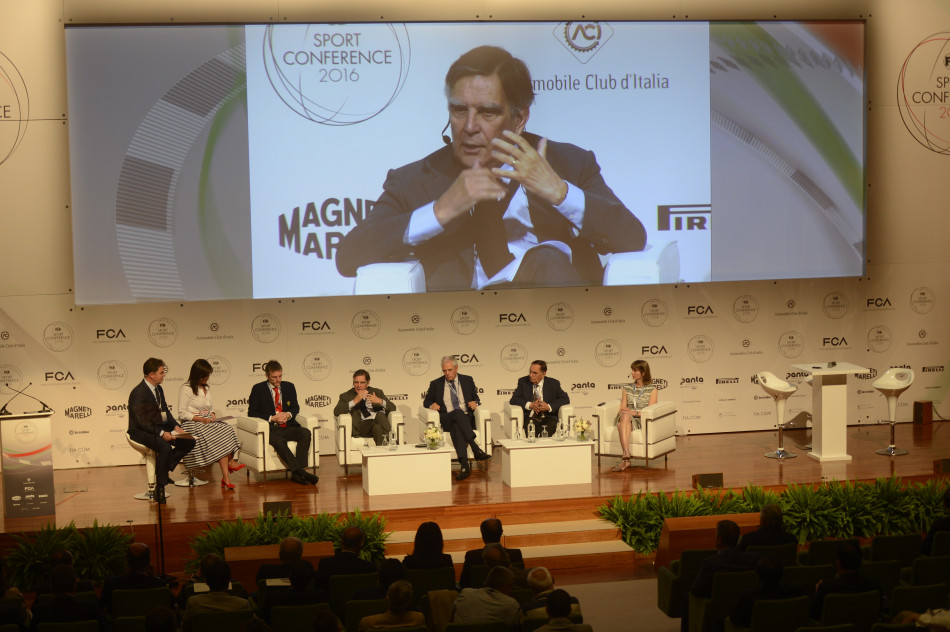
A fitting topic for the second plenary session of the Sport Conference in Turin saw some of the greatest names in automotive and design reflect on the influence of motor sport and its associated industries.
The session opened with a keynote from Paolo Zenga, Chairman of the Ermenegildo Zegna Group and Vice-President of Altagamma, the Association of Italian Luxury Brands.
Zenga explained the key relationship between passion and innovation which has formed the basis of that history. “The passion for motors has been in the family for many years,” he said. “Looking to the future with a specific eye for innovation is essential in both industries.”
A varied panel of experts then assembled on the stage, featuring Ferrari F1 Technical Director James Allison, CEO of Pirelli Marco Tronchetti Provera, FIA Historic Comission President Paolo Cantarella, legendary car designer Giampaolo Dallara and Technical Director at McLaren Applied Technologies Dr Caroline Hargrove.
Tronchetti Provera opened the discussion, looking at how motor sport has shaped Pirelli both in terms of technology and in its brand image. “To provide performance and safety is a continuous challenge – it creates an environment in the company where passion prevails. Today’s Pirelli wouldn’t be here without motor sport,” he said.
The relationship between road and race was explored then by Allison, who focussed on the power units in Formula One. He said, “The current rule set prizes efficiency above all – it automatically puts on the same road as automotive, but we add the highest level of competition which allows us to investigate areas that the road car industry will surely follow.”
Caroline Hargrove also showed how modern F1 design and culture can be transposed into other industries, adding, “We take the things motor racing takes for granted a lot of the time – the incredible speed of development above all – and bring them into other businesses. It’s a philosophy that we can apply in every sector.”
From the very latest innovations in race and road, the discussion also included some interesting insight into historic motor sport and how it fits into a future filled with increasingly complex technology.
Paolo Cantarella highlighted the huge surge in popularity of historic motor sport, and linked this intrinsically to the passion for design that went into racing cars of the past. He also presented an interesting dilemma for the sport, as he believes it is at risk of being a victim of its own success.
“Historic racing can play a huge role in attracting people to the sport, but we are also facing a risk,” he said. “The inflation of prices at the top end, plus the issue of the idea of ‘developing’ historic cars, making them faster than they should be, means that we as the FIA and ASNs have to work to preserve the heart of historic racing and what makes it so incredible.”
The session ended with a breakout featuring two preeminent Italian designers – Giorgetto Giugiaro and Paolo Pininfarina – who with the fitting background of the Lingotto, showed how Italy in particular manages to capture the passion for design of the past and integrate it into the very latest technologies both in motor sport and on the road.

 Facebook
Facebook Twitter
Twitter